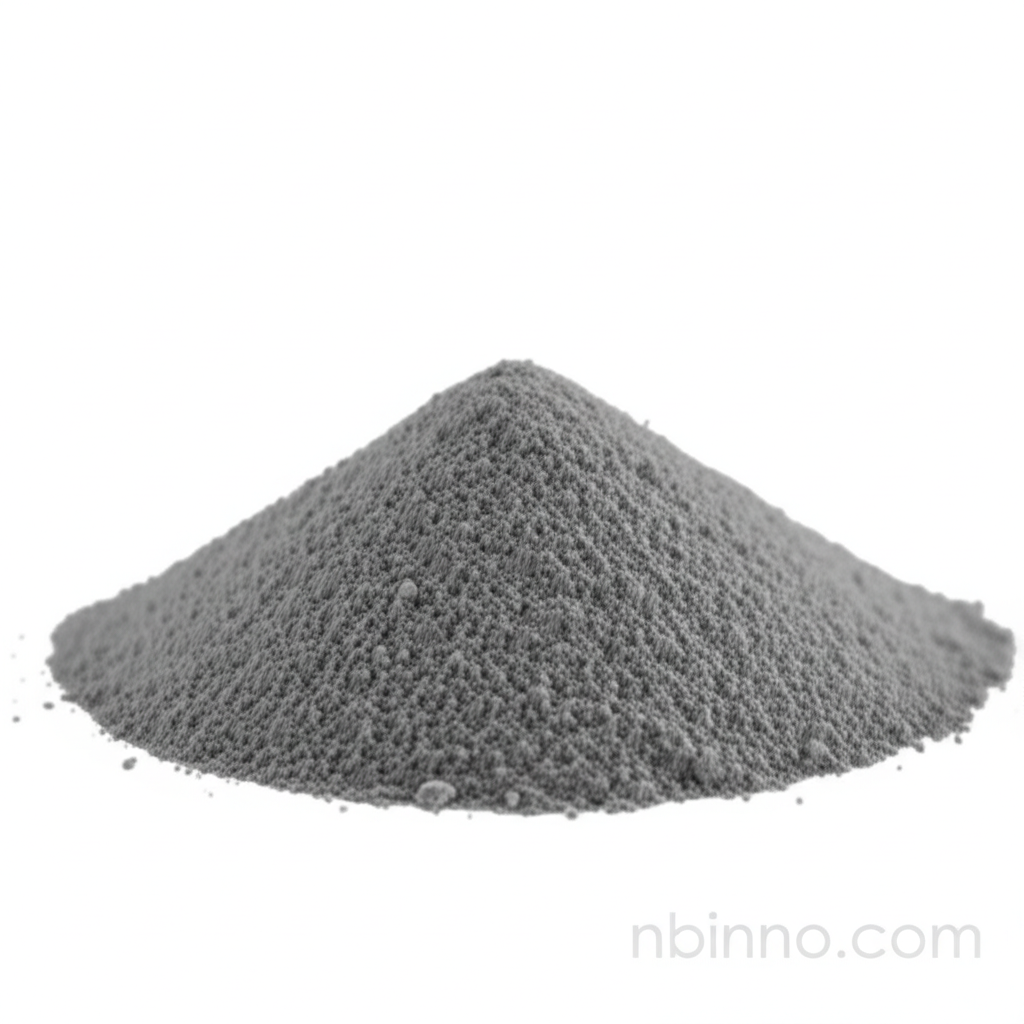Unlock the Potential of 3-Aminocrotononitrile (CAS 1118-61-2)
Discover this vital intermediate for your pharmaceutical, agrochemical, and dye synthesis needs.
Get a Quote & SampleProduct Core Value

3-Aminocrotononitrile
3-Aminocrotononitrile, a crucial compound with CAS number 1118-61-2, stands as a versatile intermediate widely employed in organic synthesis. Its unique chemical structure, featuring reactive amino and cyano groups, facilitates a broad spectrum of chemical transformations essential for creating complex molecules.
- Leverage 3-Aminocrotononitrile for efficient 3-aminocrotononitrile synthesis in your laboratory settings, ensuring high purity and yield.
- As a key pharmaceutical intermediate, this compound is instrumental in the development of various therapeutic agents.
- Explore the diverse uses of 3-aminocrotononitrile in organic synthesis to create novel compounds and advanced materials.
- Benefit from its role as a precursor for heterocyclic compound development, including pyridines and pyrimidines.
Key Advantages
Versatile Chemical Reactivity
The presence of both amine and nitrile functional groups allows 3-Aminocrotononitrile to participate in a wide array of reactions, making it an ideal building block for fine chemicals.
Broad Application Spectrum
From pharmaceutical intermediates to agrochemicals and dyestuffs, this compound's applicability makes it a valuable asset across multiple industries.
Facilitates Complex Molecule Synthesis
Its utility in synthesizing functionalized heterocycles and other complex organic structures aids in the development of advanced materials and new chemical entities.
Key Applications
Pharmaceutical Synthesis
3-Aminocrotononitrile serves as a critical intermediate in the production of various pharmaceutical agents, underscoring its importance in drug discovery and development.
Agrochemical Development
Its properties make it a valuable component in the formulation of agrochemicals, contributing to enhanced efficacy in pesticides and herbicides.
Dye and Pigment Production
The compound's reactivity lends itself to the synthesis of various dyes and pigments, essential for textile and colorant industries.
Organic Synthesis
As a fundamental intermediate, it is widely used in general organic synthesis to create complex molecular structures and new chemical compounds.
